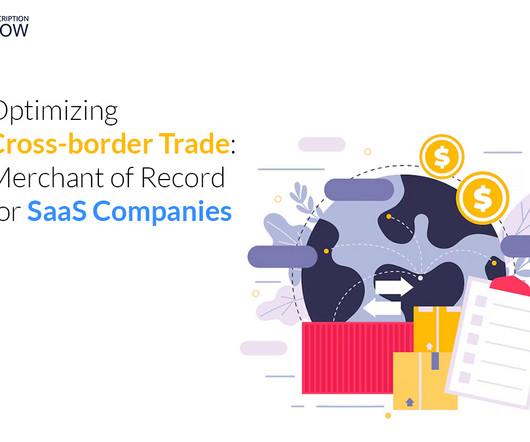Recurring Payments: Definition and Implementation Best Practices
Stax
FEBRUARY 26, 2024
That’s why businesses are constantly seeking innovative ways to streamline operations and enhance customer experiences. Keeping track of various state and country laws can be tough, so choosing a payment processor that ensures compliance is key to addressing this challenge.















Let's personalize your content